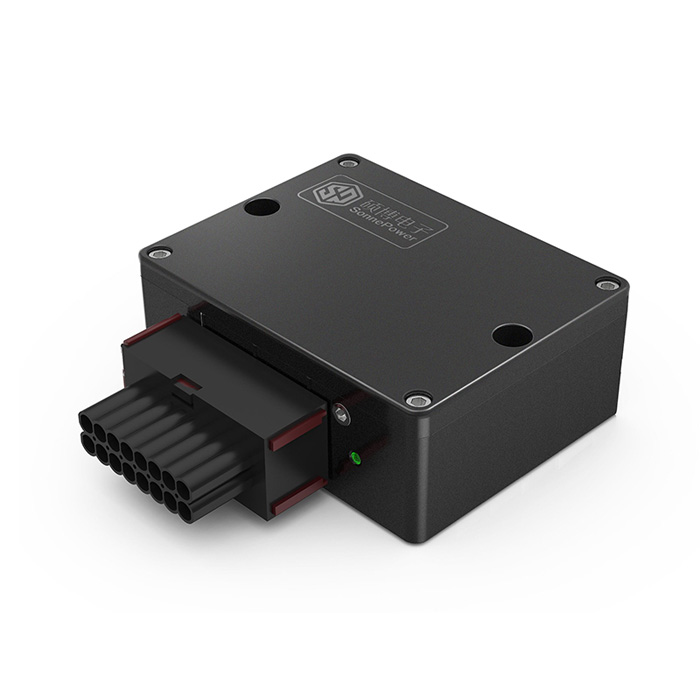What are the application fuilds of rapid prototyping process?
Rapid prototyping, also known as additive manufacturing or 3D printing, is a versatile technology with a wide range of applications in various industries. This process involves creating physical prototypes or models layer by layer from digital designs. Here are some of the key applications of rapid prototyping:
Product Development: Rapid prototyping is extensively used in product development across industries such as automotive, aerospace, consumer goods, and electronics. It allows designers and engineers to quickly create and test prototypes of new products, facilitating iterative design and reducing time-to-market.
Medical and Dental: In the field of healthcare, rapid prototyping is used to create customized implants, prosthetics, and medical models. Surgeons can use 3D-printed anatomical models for pre-surgical planning, while dental labs utilize the technology for creating crowns, bridges, and orthodontic devices.
Architecture and Construction: Architects and construction professionals use rapid prototyping to create scale models of buildings and structures. These models help in visualizing designs, demonstrating concepts to clients, and assessing structural integrity.
Education: Rapid prototyping is increasingly being integrated into educational curriculums. Students can learn about design, engineering, and manufacturing processes through hands-on experience with 3D printing technology.

Jewelry Design: The jewelry industry benefits from rapid prototyping to produce intricate and customized jewelry designs. It allows jewelers to quickly create prototypes of rings, pendants, and other pieces before proceeding with the final production.
Art and Sculpture: Artists and sculptors use 3D printing to bring their creative visions to life. The technology enables them to experiment with new forms and materials that were not easily achievable with traditional sculpting techniques.
Consumer Goods and Electronics: Rapid prototyping is employed in the development of consumer products and electronic devices. Manufacturers use 3D printing to create prototypes of items like smartphone cases, home appliances, and more.
Aerospace and Automotive: In these industries, rapid prototyping plays a crucial role in the design and testing of components and parts. It allows for the creation of lightweight and complex geometries that can improve fuel efficiency and performance.
Featured content:
What is precision surface finishing?
What is bellow seal globe valve?
What is slab gate valve?
What is precision surface finishing?
Why are ball bearings so important?
Why does a spring lose its energy when compressed for a long time?
How Do You Make a Tension Spring Stronger?
Tooling and Manufacturing Aids: 3D printing is used to produce jigs, fixtures, and tooling components that assist in the manufacturing process. These aids help ensure precision and efficiency in production.
Casting and Molding: Rapid prototyping is often used to create patterns for investment casting and injection molding. It enables the production of intricate and customized molds, reducing lead times and costs.
Aerospace: In the aerospace industry, rapid prototyping is used for creating and testing complex components, such as engine parts, brackets, and lightweight structural elements. This technology allows for the rapid iteration of designs to enhance performance and safety.
Food Industry: 3D printing is even making inroads into the food industry. It is used to create customized food products, including confections, pasta, and intricate cake decorations.
Cultural Heritage Preservation: Museums and cultural institutions employ rapid prototyping to replicate and restore artifacts and artworks, ensuring their preservation and accessibility.
Prototyping for Startups: Rapid prototyping is particularly valuable for startups, allowing them to develop and test product concepts with minimal upfront costs. This helps entrepreneurs validate their ideas and secure funding.
Customization and Personalization: Many industries, including fashion, footwear, and eyewear, leverage 3D printing for producing customized and personalized products tailored to individual preferences and needs.
Rapid prototyping continues to evolve, with advancements in materials, technology, and processes expanding its applications even further. It has become an essential tool for innovation, enabling faster, more efficient, and cost-effective product development in numerous sectors.
How do I know if my Hydraulic Solenoid Valves is bad?
How does a Vertical Slurry Pump handle abrasive materials?
What is a 45 degree elbow?
Brake Shoes vs Brake Pads – Differences Explained
Choosing the Right Swimming Pool Heat Pump: Factors to Consider
Everything You Need to Know About Lamination
What is the purpose of the ball valve?
477
0
0
All Comments (0)
Previous: What is precision surface finishing?
Next: What are the benefits of Flat Wire Compression Springs?
If you are interested in sending in a Guest Blogger Submission,welcome to write for us!





Comments